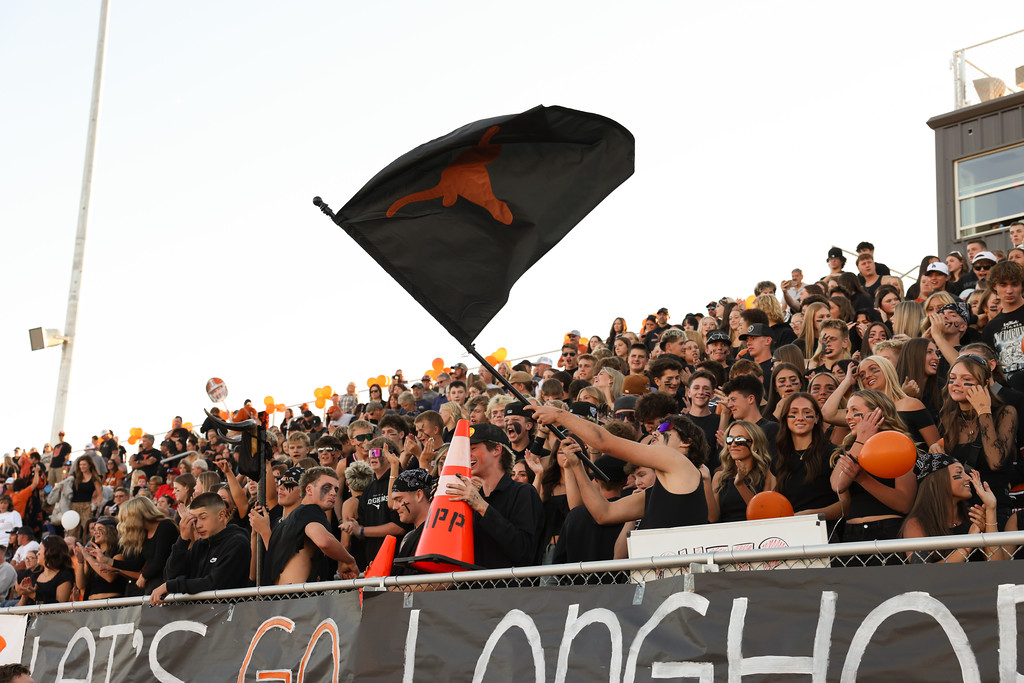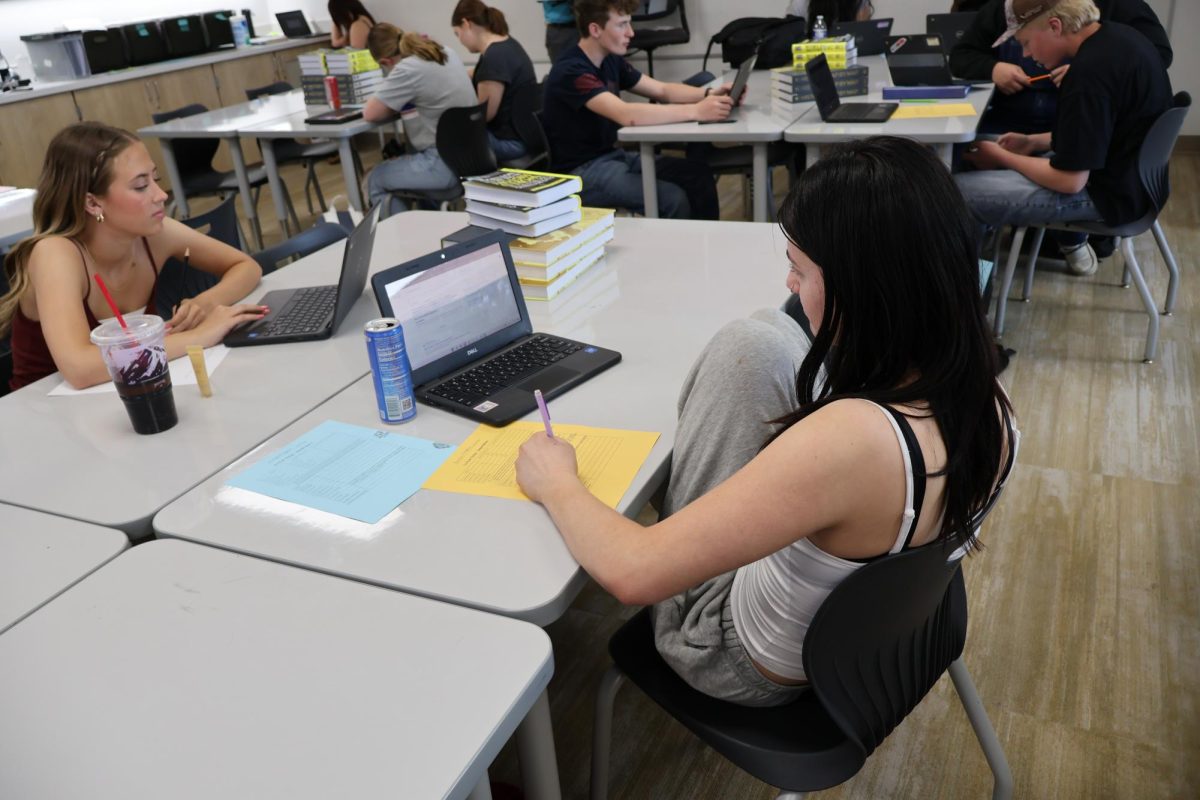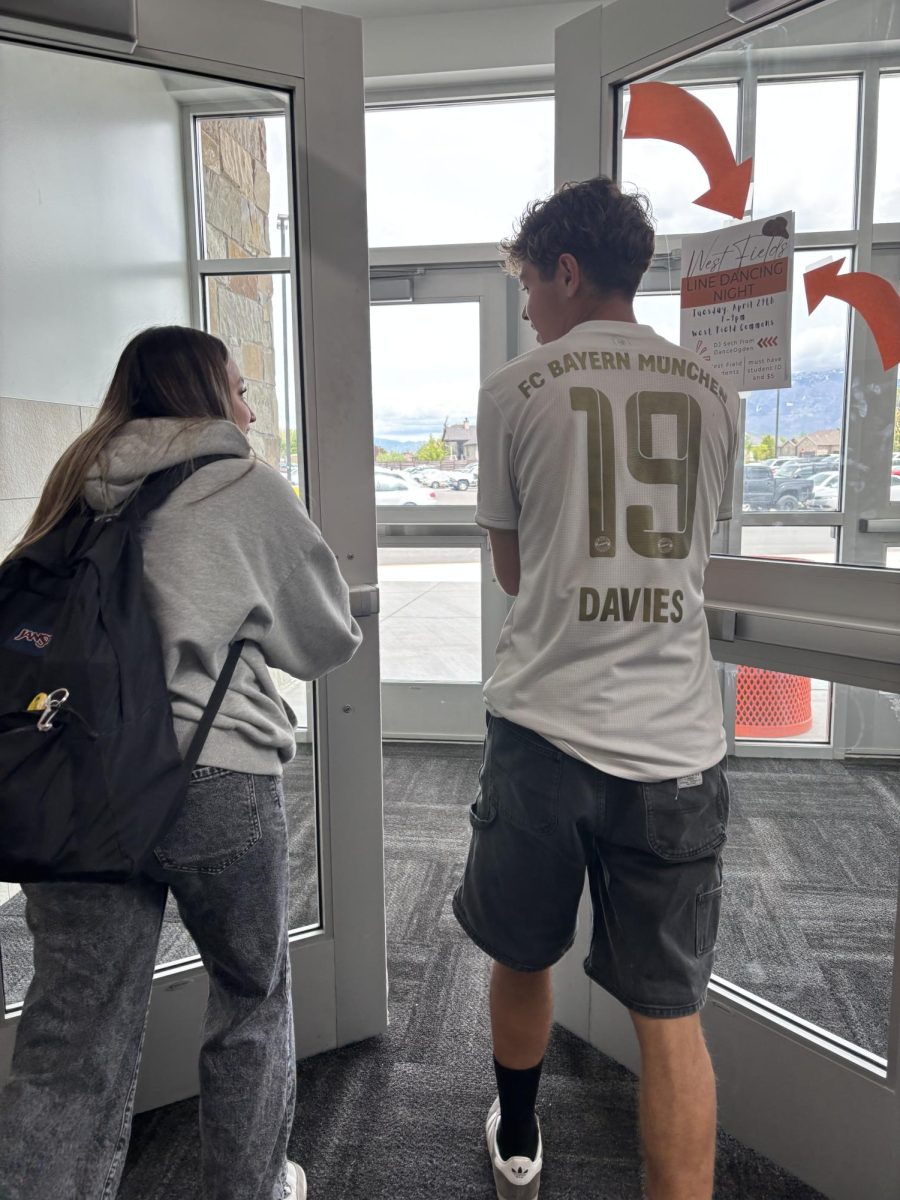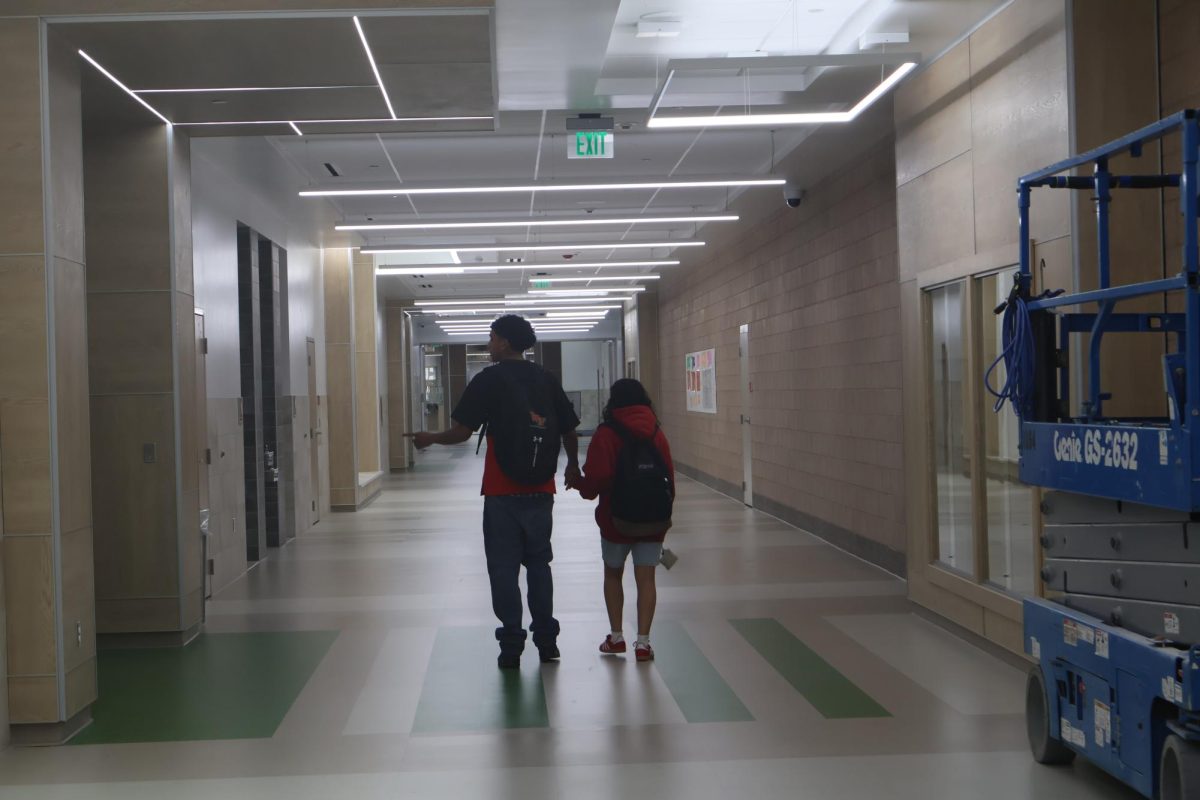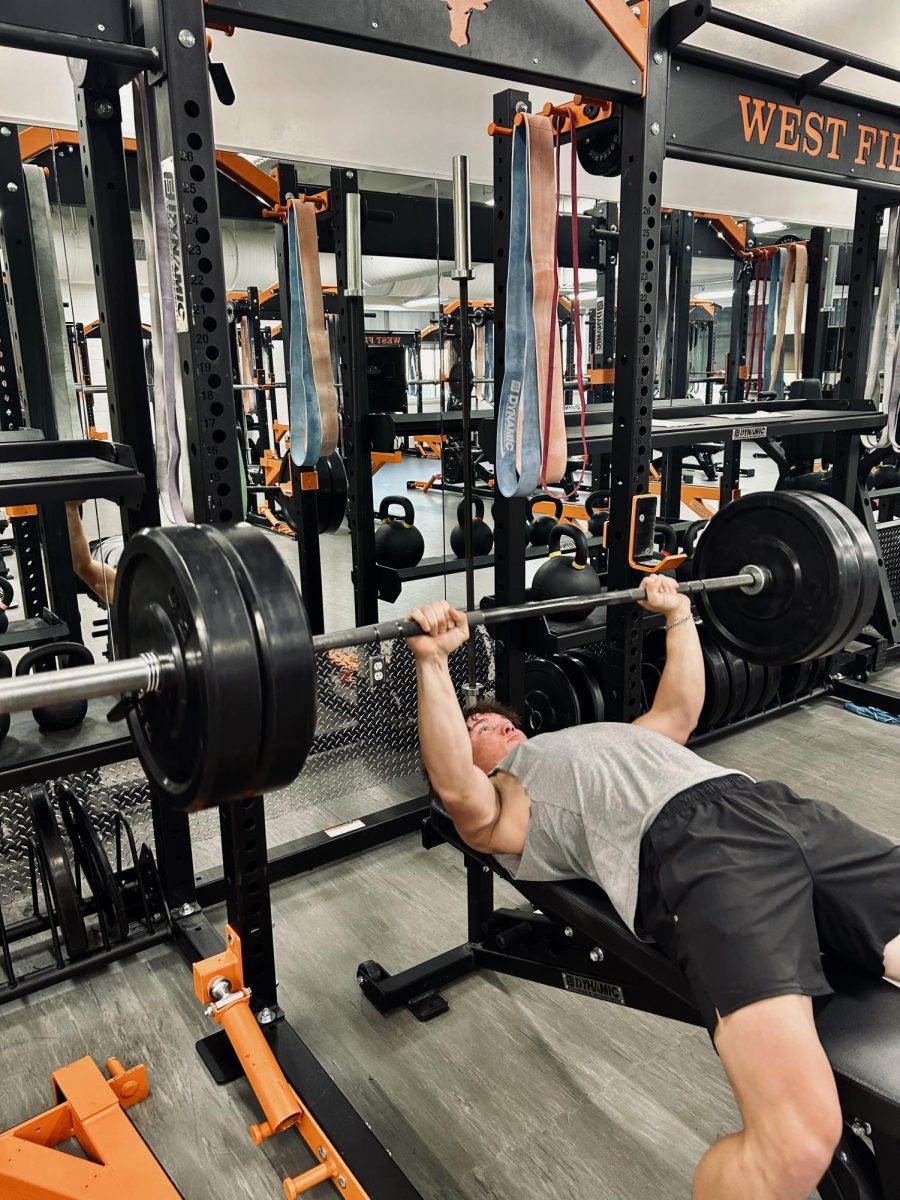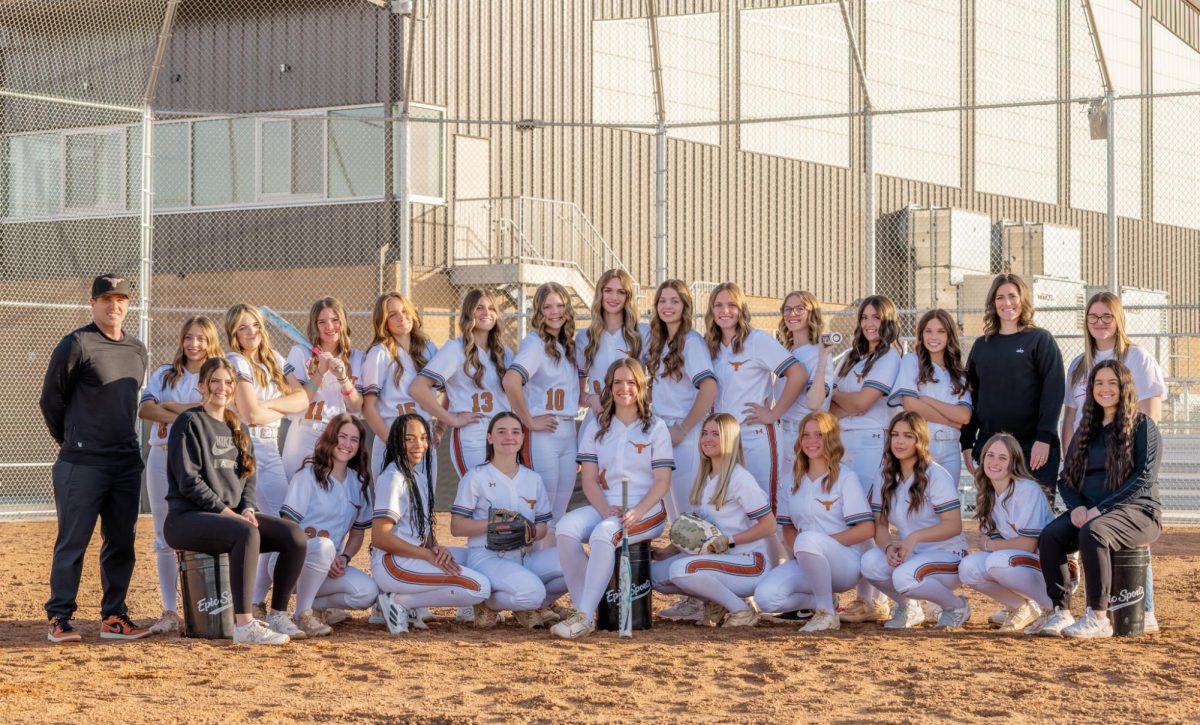How can West Field improve its tardiness problem? West Field, a High School in Weber County Utah has a significant problem with its overall tardiness. Many people believe that longer lunches or having more time in between classes is useless, while others believe it has benefits. Longer lunches and more time in between classes have great benefits.

Many schools have a tardiness problem, and having a shorter time between classes builds up that problem. In the article, “Extend Time Between Classes,” it says that having a longer time in between classes will help more students arrive at class on time. This article also says that it will give students more time to use the restroom before class, which decreases the number of students leaving to go to the restroom in the middle of class. Longer passing periods will help more students arrive to class on time, and will also allow students more time to use the restroom before class, overall wasting less class time.” (Bhree Walker). In another article, “Are Longer Passing Periods Beneficial?” it says that having longer passing periods gives students enough time to gather the materials needed for class without having to rush. “Passing periods are an important part of the school day, allowing students to move between classes and use the restroom” (Dylan Arthur). This article also says that increasing time between classes will reduce the in-class interruptions for students and teachers. Students oftentimes in the middle of classes will go to the bathroom, talk to teachers, counselors, and their peers. Teachers often will leave class for phone calls, filling out paperwork, and grading assignments and tests. This will lead to class interruptions and waste. More time in between classes will help reduce these interruptions because they can get these things done in between classes.
Having a longer lunch can help reduce a significant amount of tardiness in schools. In the article “Longer lunch periods in K-12 schools,” it says having a shorter lunch can affect a student’s physical health. “15 minutes or less is not enough time for children to properly eat and digest their food” (King County). This article also says that when students have less time, they will rush to eat, which will increase calorie consumption. Students should get at least 30 minutes to eat their lunch because it takes time to get to the lunchroom, wait in line for their food, find a place to eat, eat their lunch, and then throw away their garbage. Waiting in line could take up to 15 minutes, which reduces their eating time significantly, making it hard for students to be done on time. This will result in tardiness. By giving students a longer lunch period, they will have enough time to eat their lunch and get to class without having to rush.
What schools around West Field have long lunches? Schools like Syracuse High School, Ben Lomond High School and Roy High School all have at least a five minute longer lunch than West Field. By extending this time for lunch, it takes more time for students to jump back into schoolwork making it hard for them to stay focused in class and work hard. Longer lunches may benefit students with their social skills, but their academic performance decreases.

How having longer lunches can be non beneficial for students. According to the article “Pros and Cons of Longer School Lunches,” having a longer lunch will result in having to extend the school day. “A longer school day leaves students less time after school for physical activity, which is another important component in keeping students at a healthy weight” (Barbie Carpenter). This article also mentions that having a longer lunch will lead to missed class time. “Extending the school lunch time, without extending the school day, means that academics will take a hit” (Barbie Carpenter). If this is the case, students will be spending less time in classrooms learning and more time in the lunchroom. This might be beneficial for students’ social skills, but it would not be beneficial for academic skills.
Having a longer lunch and a longer time in between classes is beneficial for not only students but also teachers. Extended lunch and class time allows students to not have to rush to class, take their time eating and going to the restroom, and also allows students to get a break without having to disrupt class time. Though there are a few cons, like having to extend the school day and spending more time in the lunchroom than the classroom, the benefits of increased student well-being and reduced classroom disruptions outweigh the minor drawbacks. Ultimately, a less hurried, more relaxed school environment promotes improved learning and a healthier atmosphere for both students and teachers.



